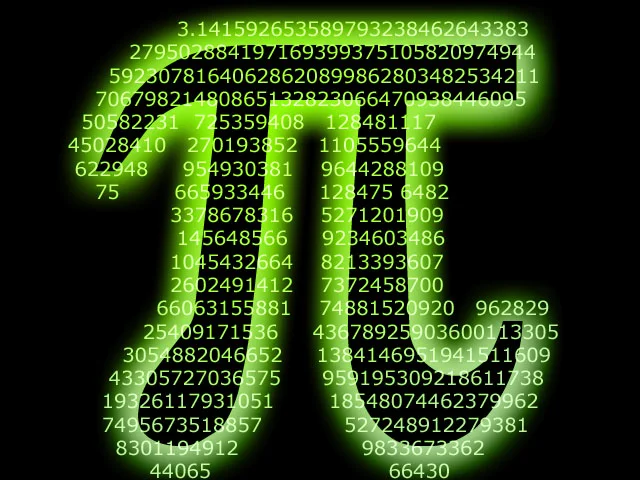For months, the Pi Network chart looked like a long, slow exhale. A 93% crash from its peak, a descent into the crypto winter that left many wondering if the project’s ambitious vision would ever materialize. Then, last week, something shifted. The chart didn’t just twitch; it jolted awake with a 25% surge, and daily trading volumes exploded by an unbelievable 1,080%. When I first saw the trading volume spike over 1,000% in a day, I honestly had to double-check the data. This isn't just a market move; it's a human migration.
Skeptics are quick to call this a "dead cat bounce" or a flash of market manipulation. And if you only stare at the lines on a chart, I can see why. They see a token clawing its way back from an all-time low. But they're missing the seismic event happening just beneath the surface. This isn't a bounce. It's a birth.
What we're witnessing is the moment a theoretical community becomes a tangible, active economy. In the span of a single week, 2.69 million users—they call themselves Pioneers, and the name has never been more fitting—completed their migration to the Pi mainnet. This wasn't just a software update; it was the digital equivalent of millions of people moving into a new city, all at once, ready to build. Imagine a nation, dormant for years, suddenly turning on its power grid. That’s the kind of energy we’re seeing here. This is the kind of breakthrough that reminds me why I got into this field in the first place.
The migration itself is a monumental achievement, but it’s what comes next that truly has me captivated. The entire ecosystem is buzzing with anticipation for November 22, a date that could mark a turning point not just for Pi, but for how crypto interacts with the world. That's the scheduled date for Pi’s integration with ISO 20022.
Now, I know what you’re thinking. “ISO 20022” sounds like a sterile compliance document, not a revolution. But let me reframe it for you. This is the global messaging standard for financial transactions—in simpler terms, it's the universal language that banks, payment systems, and financial institutions are all adopting to speak to each other. Think of it as the Esperanto for global finance. By integrating it, Pi isn’t just building another walled-off crypto garden; it’s building a bridge directly into the heart of the traditional financial system.
This is the kind of move that separates speculative assets from genuine utility. It’s a deliberate step toward interoperability, a signal that the goal isn't to replace the old world but to connect with it seamlessly. Add to this the persistent rumors of SWIFT integration, fueled by OKX’s recent verification announcement, and the picture becomes even clearer. We’re talking about a potential pathway for a decentralized, mobile-first currency to communicate with the centuries-old infrastructure of cross-border banking.

Of course, with this kind of power comes immense responsibility. Building a financial system that is both decentralized and compliant, both accessible to millions and secure enough for institutional trust, is a monumental task. The road ahead is filled with regulatory hurdles and technical challenges. But for the first time, that road is clearly visible.
What does it mean for a network built on the low-energy Stellar Consensus Protocol—a technology inherently designed for scalability and regulatory friendliness—to suddenly learn the language of global banks? What happens when a currency held by millions of verified individuals can potentially move as frictionlessly as a SWIFT transfer? These aren't just technical questions anymore; they're questions about the very future of money.
So let's go back to that chart. The technical analysts are pointing to the resistance at $0.30, the hidden bearish divergence on the RSI, and the possibility that this is all just a short-term recovery inside a larger downtrend. They see the ghosts of past failures, like the rally in May that soared to $1.70 before collapsing. Their caution is understandable.
But I believe they're analyzing an echo while ignoring the sound. They're looking at the past when the fundamental physics of the project have just changed. The migration of 2.69 million users isn't a rumor or a future promise; it has happened, a key factor in the recent Pi Network Price Surge: PI Price Prediction Eyes Breakout as 2.7 Million Users Migrate and ISO 20022 Nears. The ISO 20022 integration isn't a vague hope; it has a date. The surge in demand isn't just traders chasing a pump; it's the first economic pulse of a newly activated population.
This is what happens when a massive, KYC-verified community finally gets the keys to their own economy—the convergence of a dedicated user base with a clear technological roadmap and a bridge to the global financial system is creating a feedback loop that the old charts simply can't account for. This isn't just another altcoin rally. This feels different. It feels foundational.
This moment reminds me of the early days of the internet. Back then, critics saw a slow, clunky network for academics and hobbyists. They couldn't imagine a world of instant global communication, streaming video, and social networks. They were measuring the past, blind to the paradigm shift that was already underway. We might be at a similar inflection point. Are we just watching a token price, or are we witnessing the first live test of a decentralized, global digital nation?
Forget the charts for a moment. The real story here isn't about moving averages or resistance levels. It's about the activation of a human network at a scale crypto has rarely seen. This is a bold, audacious experiment in creating a user-owned digital economy, and the laboratory is now officially open. What we're seeing isn't a speculative bubble; it's the first sign of life from a sleeping giant. The future isn't just being built; it’s being populated.